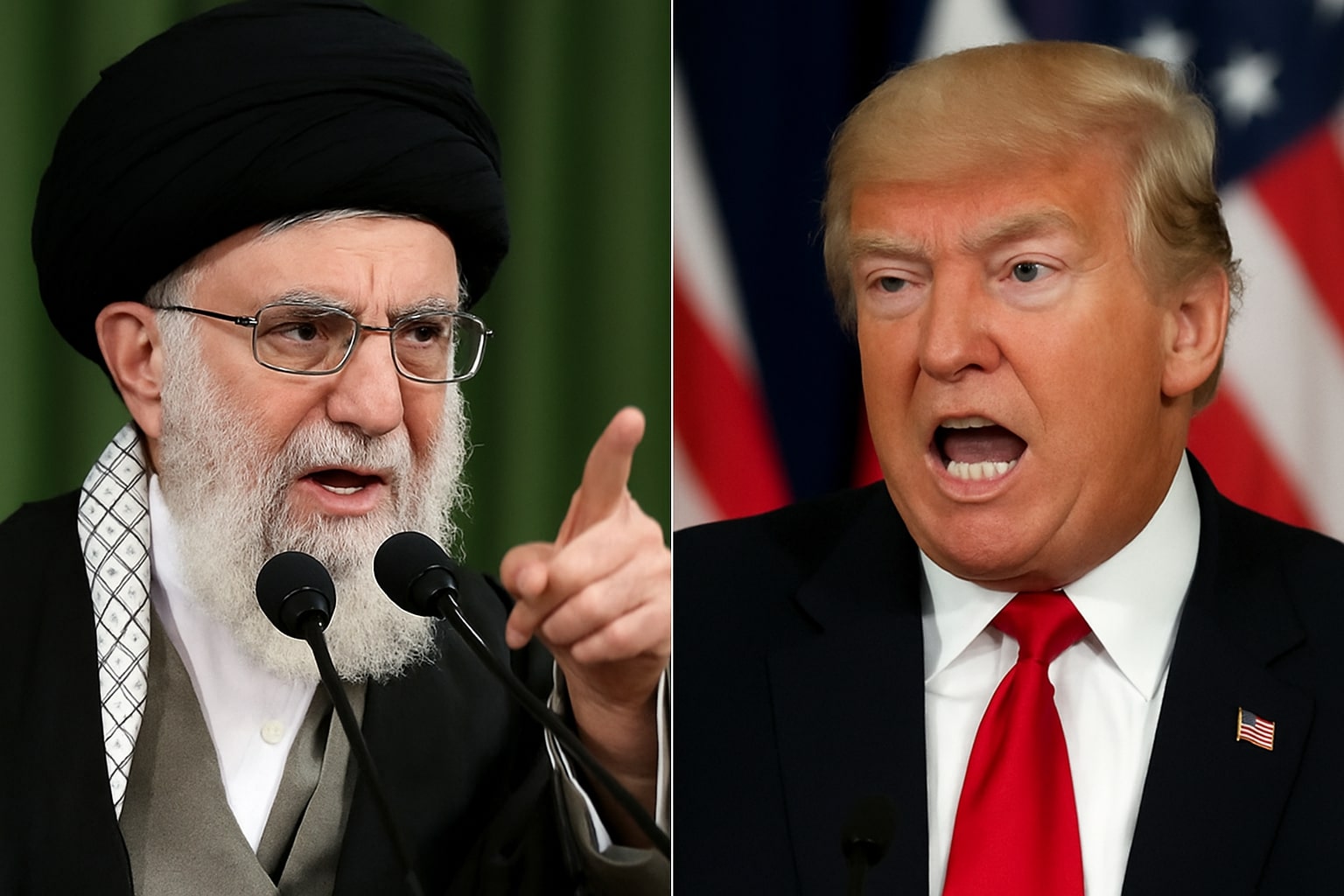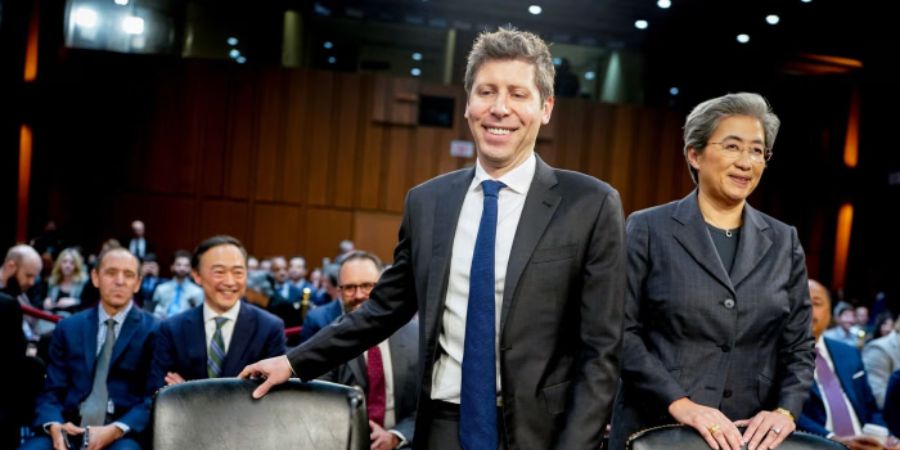In international politics, trust is everything. When it breaks, rebuilding it can take years—or even decades. That’s exactly where things stand right now between Iran and the United States.
Recently, former U.S. President Donald Trump expressed interest in returning to the negotiating table with a new nuclear deal proposal. But Iranian leaders were quick to say: “No, thank you.”
Let’s dive into why Iranian officials are rejecting the offer and what this could mean for global diplomacy, sanctions, and future peace efforts.
Why the Original Deal Still Matters
Back in 2015, Iran signed the Joint Comprehensive Plan of Action (JCPOA) with six world powers, including the U.S. The goal? To limit Iran’s ability to develop nuclear weapons in exchange for lifting harsh economic sanctions.
Things changed in 2018 when Trump pulled the U.S. out of the deal, citing that it wasn’t strong enough. His administration reimposed strict sanctions, severely hurting Iran’s economy and leaving a lasting scar on diplomatic relations.
- The withdrawal shattered trust.
- Iran’s economy took a serious hit.
- Other countries struggled to keep the deal alive.
So when Trump floated a new proposal in 2025, Iran wasn’t interested.
Iran’s Clear Rejection of the Offer
Iranian leaders responded quickly and firmly. They rejected the idea of reopening talks with someone who had already abandoned a signed agreement.
Here’s what they’re saying:
- Trump’s actions in 2018 caused long-term damage.
- They see the new proposal as political theater, not real diplomacy.
- Iran wants more than just promises—it wants accountability.
As one Iranian official put it, “Trust is built with actions, not announcements.”
What’s in Trump’s New Proposal?
Although the full details haven’t been released, sources suggest that Trump’s new plan includes:
- A freeze on uranium enrichment.
- Tighter inspections by international agencies.
- A ban on Iran’s missile development.
But Iran sees these conditions as one-sided. They believe this version of the deal benefits the U.S. without truly lifting the economic sanctions on Iran or offering meaningful rewards.
They’re not against diplomacy—but they want fairness, not pressure.
What This Means for U.S.–Iran Relations
The rejection of Trump’s proposal adds tension to already shaky U.S.–Iran ties. If things continue in this direction, even future presidents may struggle to bring Iran back to the table.
Let’s look at what’s at stake:
- Iran is expanding its nuclear program again.
- The Iran nuclear deal may be permanently broken.
- The region faces increased risks of miscommunication or conflict.
Diplomacy has to be more than just words—it needs action from both sides.
How the World Is Reacting
The international community is watching closely. European nations that helped shape the original deal are urging both sides to return to peaceful talks.
Meanwhile:
- United Nations nuclear inspectors continue monitoring Iran’s nuclear sites.
- Russia and China support Iran’s right to peaceful nuclear energy.
- Global markets, especially oil prices, are reacting to the rising tension.
In short: This isn’t just about Iran and the U.S.—the whole world is paying attention.
How Iranians Feel
On the streets of Tehran, many ordinary Iranians are tired of sanctions, economic struggles, and broken promises. But they’re also skeptical of U.S. intentions.
Here’s what surveys and social discussions reveal:
- Many Iranians don’t trust the U.S. after the 2018 withdrawal.
- There’s a strong desire for self-reliance and national dignity.
- At the same time, people want jobs, opportunities, and relief from sanctions.
It’s a complicated emotional mix—hope for change, but fear of getting burned again.
The Bigger Picture: Is Peace Still Possible?
So, where do we go from here? Rebuilding trust takes time and effort—but it’s not impossible. Experts say that for meaningful talks to resume, both countries must:
- Show long-term commitment to peaceful engagement.
- Involve international players to add transparency and trust.
- Revisit the original terms of the deal with mutual respect.
The idea of U.S.–Iran negotiations isn’t dead—but it’s on life support. And it needs more than just campaign promises to come back to life.
Final Thoughts
Iranian leaders’ rejection of Trump’s latest proposal is not just political—it’s deeply personal. For them, the past cannot be erased with a new headline. Real diplomacy will take time, accountability, and a fresh tone.
From broken deals to new proposals, the story of the Iran nuclear deal continues to shape the future of Middle East diplomacy. If leaders on both sides truly want peace, they’ll need to go beyond politics and focus on people.











